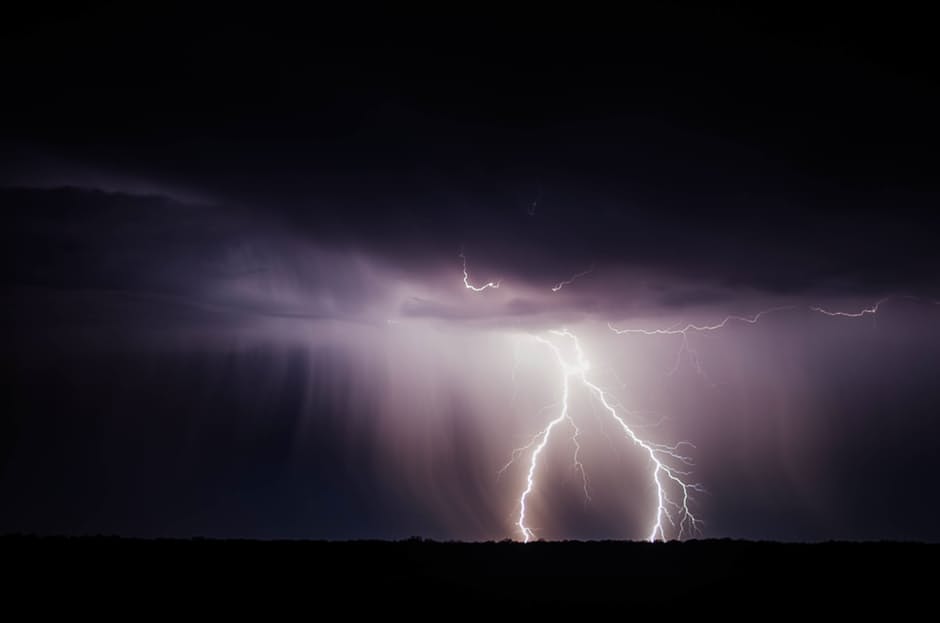If you have recently received a large proposal for your elevator doors, you may be asking yourself what is an elevator door upgrade or elevator modernization? Why is it so expensive? Is it worth doing?
What is an Elevator Door Upgrade
Depending on who you are working with an elevator door upgrade can mean many things. It can mean:
- Replacing or recladding the elevator and hoist way doors
- Upgrading the door “eyes” (safety edge)
- Upgrading the door operator
- Replacing the door locks, interlocks and clutches
- Replacing the hoist way interlocks and clutches
For purposes of this post, an elevator door upgrade is replacing the elevator door operator, door locks, door cluctches and interlocks, and elevator doors (not hoist way doors).
Timing for a door elevator upgrade
Elevator doors are often the most abused part of an elevator. People crash into them, stop them from closing, and stick things in them. Furthermore, doors operate twice as many times as the elevator. For each run of an elevator the doors are opening and closing twice. Therefore, the door equipment tends to run out in half the amount of time that the rest of the elevator parts wear out. You can expect a door upgrade may be required after 10 – 15 years of elevator life.
How much is a door elevator modernization (upgrade)
A door elevator upgrade can be expensive. Broken down by major part average costs are as follows:
- Door operator: $12,000 – $25,000
- Door locks and clutches: $5,000 – $15,000
- New Doors: $5,000
You can see the total cost can range from $22,000 -$45,000. If you need to replace the hoist way equipment as well the costs can run much higher.
Should You Have the Elevator Door Upgrade
If your elevator are shut downs and callbacks are related to the doors it may be worthwhile to look into an upgrade. First, check if the calls are related to elevator vandalism. You may have tenants who are knocking the doors out of place. This causes callbacks, and it isn’t solved by upgrading your elevator door equipment. If you find that a majority of your shutdowns and callbacks are related to the doors call your elevator maintenance company and get a quote.
If you need help getting a quote or reviewing the quote, consider hiring an elevator consultant.
Please feel free to drop my a line and I can connect you with a vetted elevator consultant.

